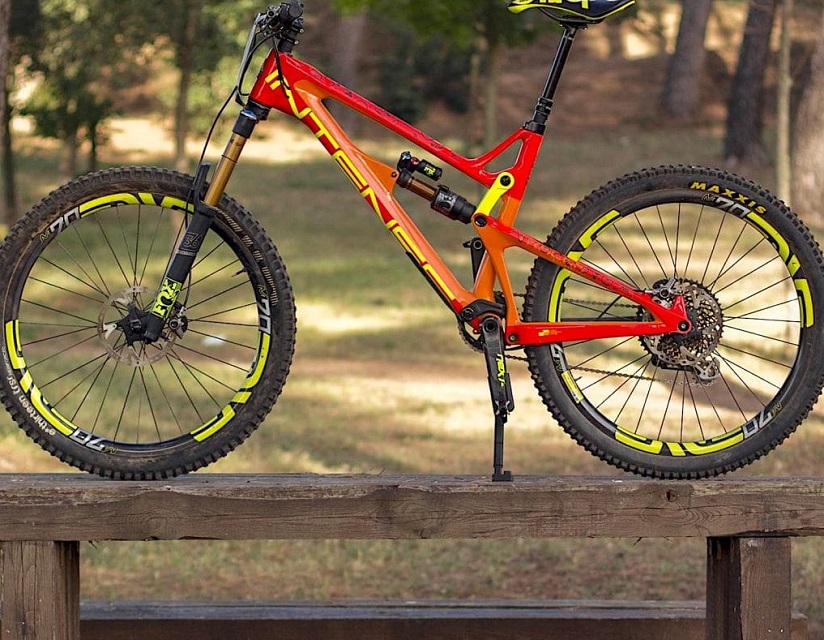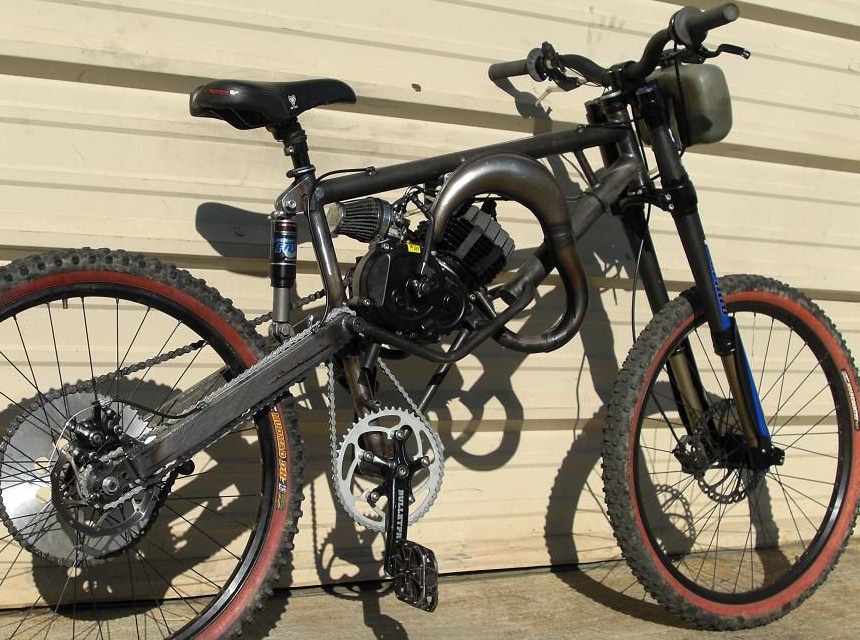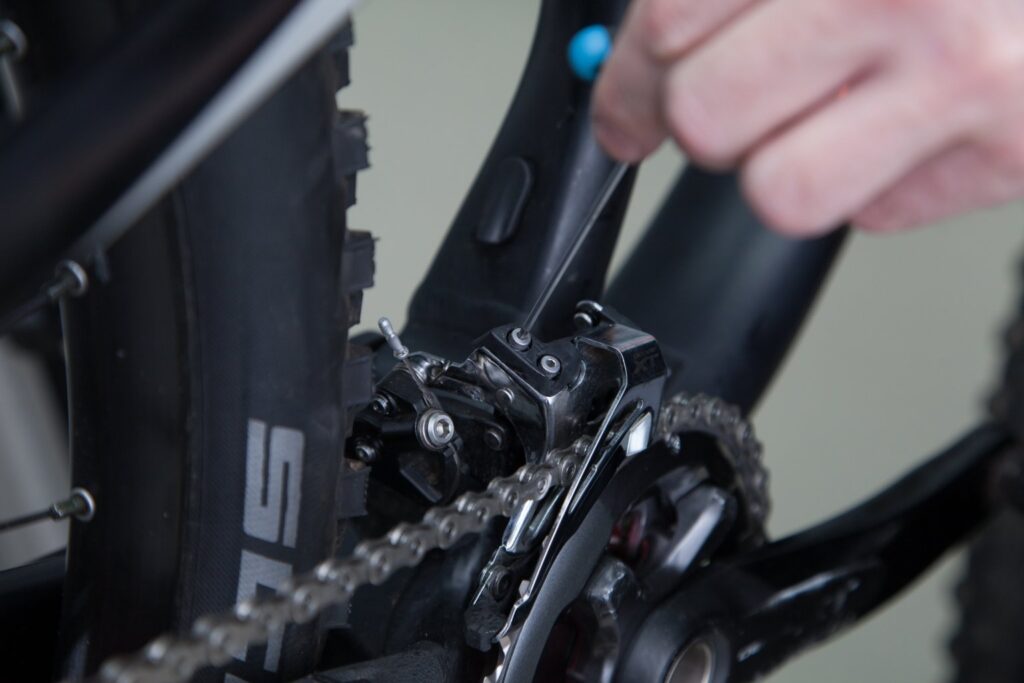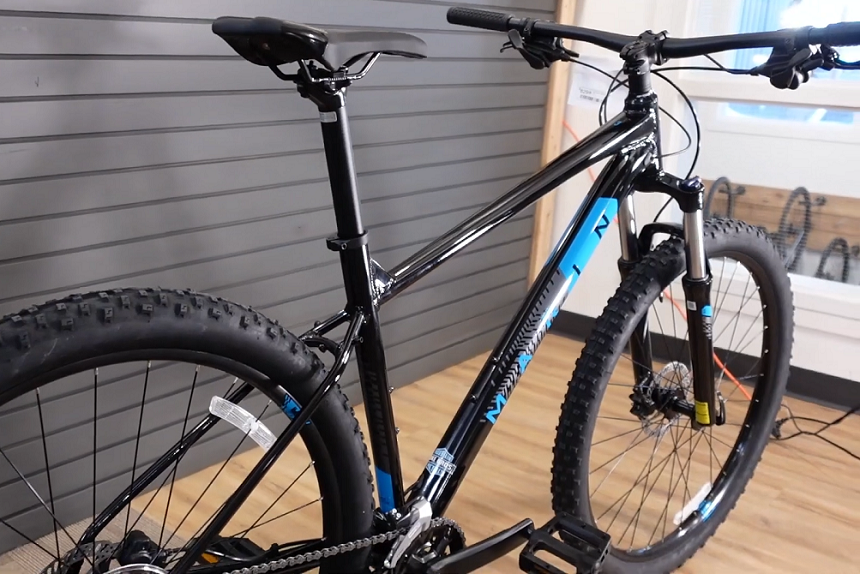- Trails
-
Bikes
-
Gear
-
Tips & Tricks
-
About us



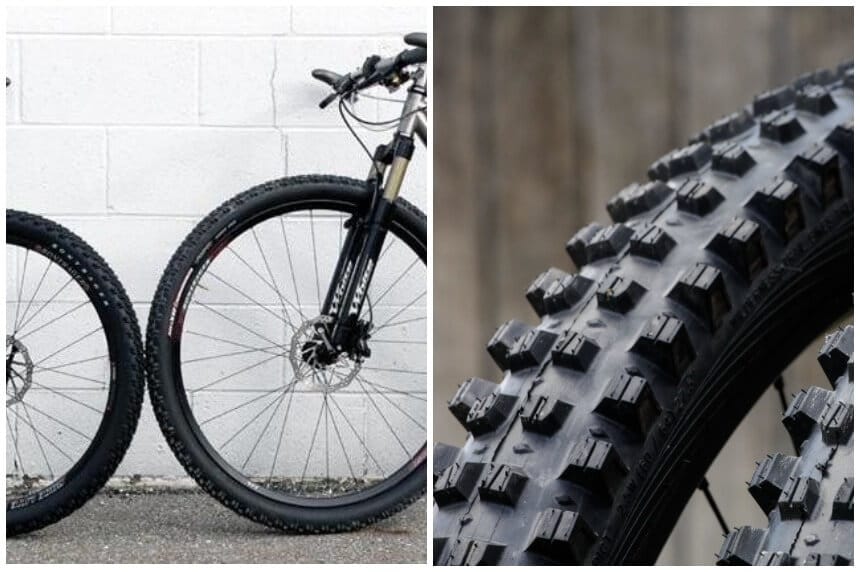 As we hinted earlier, mountain bike tires are different from regular bike tires. Below, we’ll discuss some special features that separate the two types of bike tires:
As we hinted earlier, mountain bike tires are different from regular bike tires. Below, we’ll discuss some special features that separate the two types of bike tires: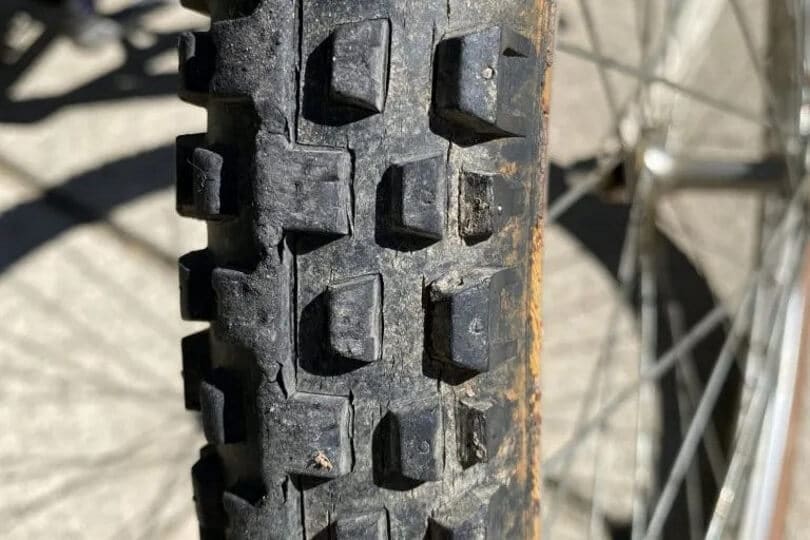 Once you start to see visible tears and cracks on the mountain bike tire, you should conclude that the tire is gone. The tears can be anywhere on the MTB tire. But the cracks are usually visible on the edges of the knobs. Failing to replace the tire at this stage can enlarge the cracks and eventually cause the tire to fall apart.
Once you start to see visible tears and cracks on the mountain bike tire, you should conclude that the tire is gone. The tears can be anywhere on the MTB tire. But the cracks are usually visible on the edges of the knobs. Failing to replace the tire at this stage can enlarge the cracks and eventually cause the tire to fall apart.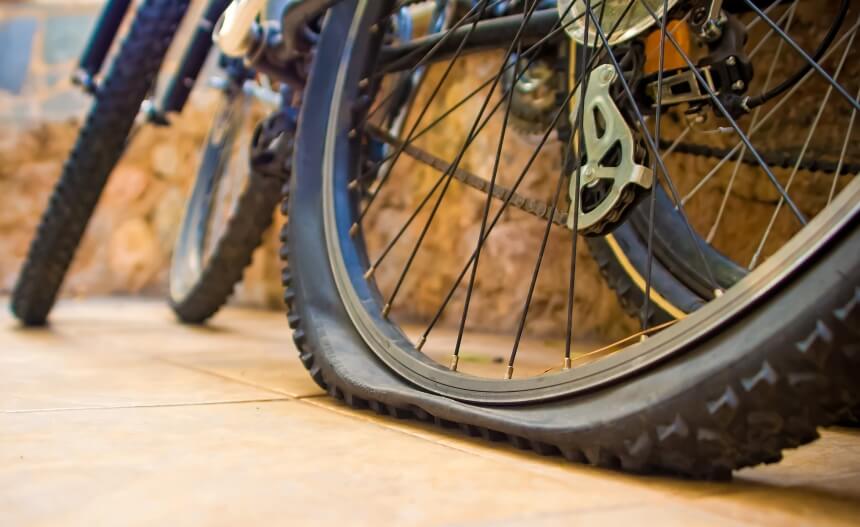 When
When 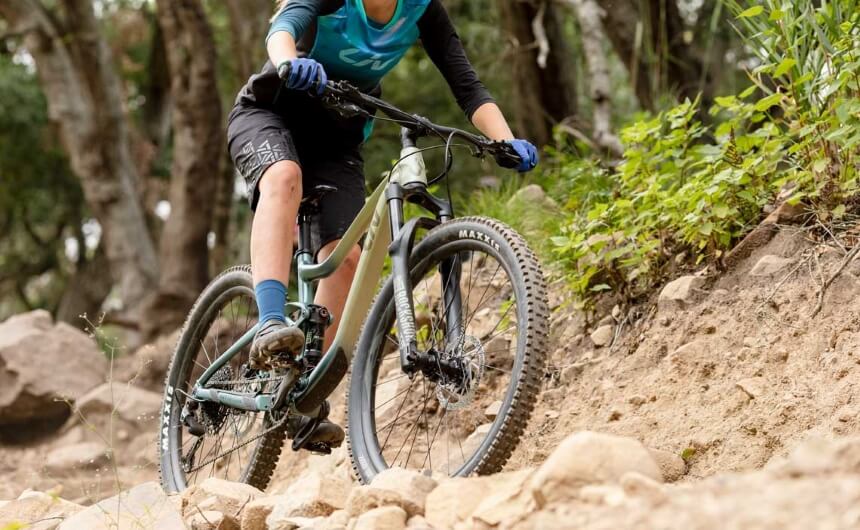
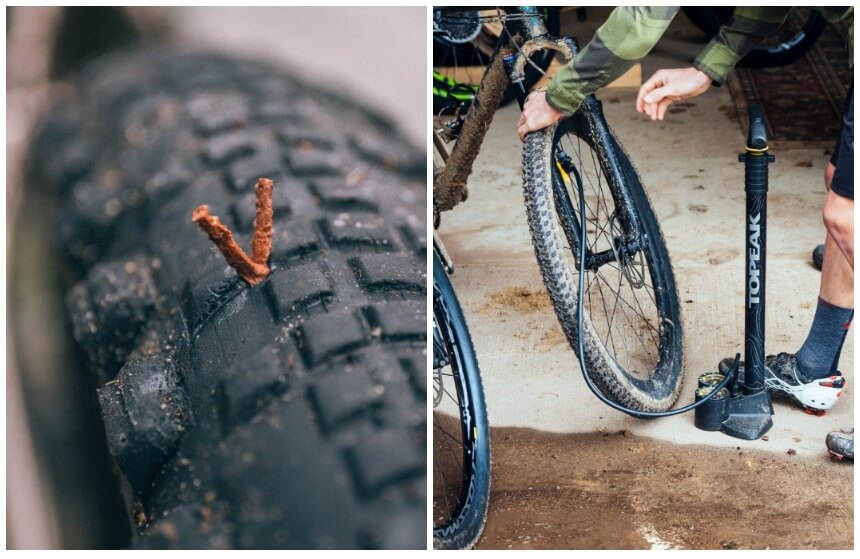
 Another reason why your mountain bike tires wore out quickly may be because of intense riding, mostly in a race. No doubt, a race requires intense riding. While you’re enjoying the race, your tires are bearing the brunt of it. Soon, they may wear out and you’ll have to replace them.
Another reason why your mountain bike tires wore out quickly may be because of intense riding, mostly in a race. No doubt, a race requires intense riding. While you’re enjoying the race, your tires are bearing the brunt of it. Soon, they may wear out and you’ll have to replace them.




